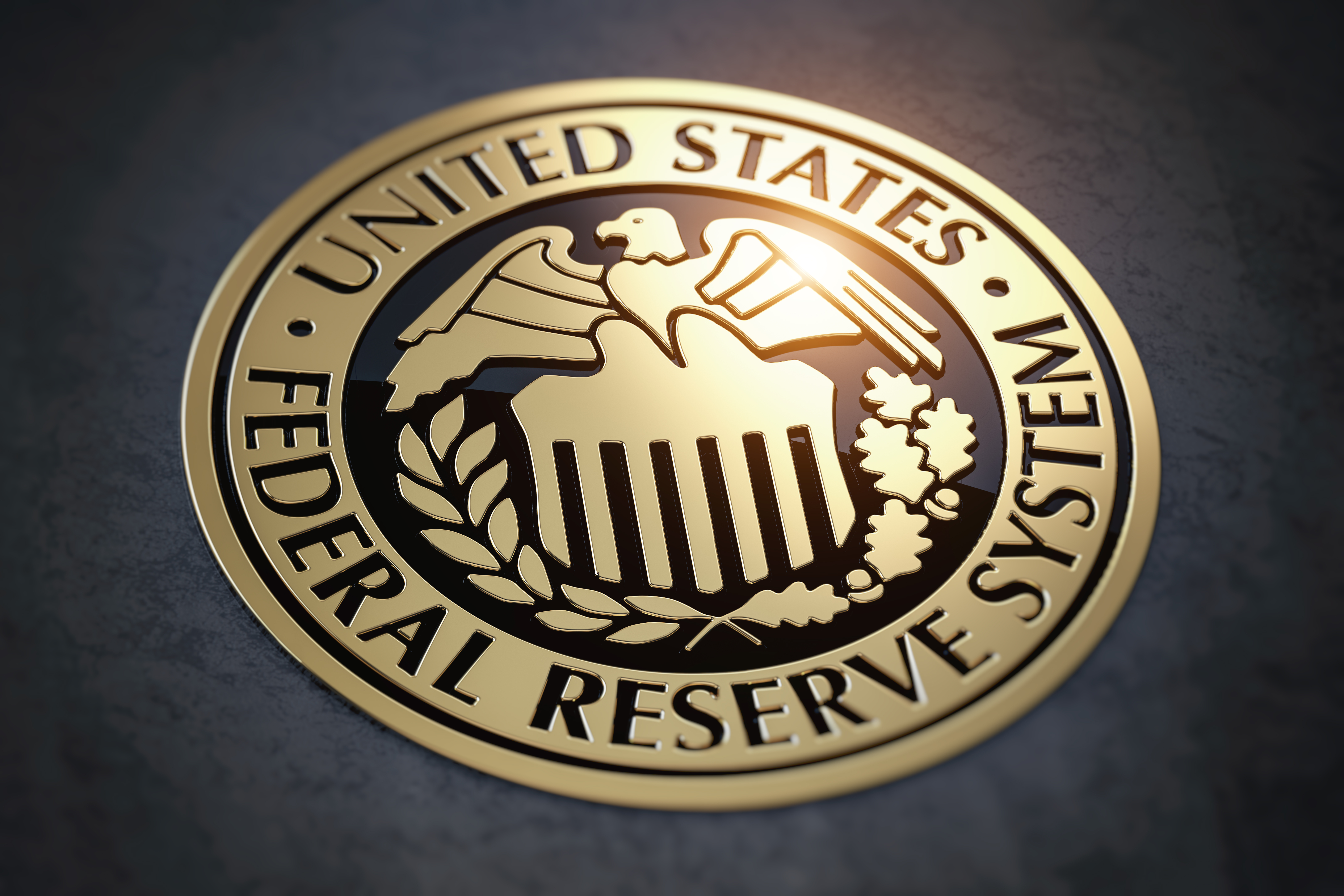In financial markets, recent fluctuations in U.S. bond yields have captured the attention of investors and analysts alike. While rising bond yields were traditionally seen as indicative of mounting inflationary pressures, the current scenario paints a different picture. A nuanced interplay of economic resilience, high bond supply, and evolving central bank policies seem to be steering the trajectory of bond yields, overshadowing the age-old practice of merely second-guessing the Federal Reserve's actions.
Resilience and Supply: A New Driving Force
The spotlight on this new narrative intensifies as benchmark 10-year nominal yields approach levels not witnessed in nearly two decades. These surges have been primarily fuelled by concerns surrounding the U.S. Federal Reserve Chair Jerome Powell's potential hawkish stance during the annual Jackson Hole symposium. Historically, bond yields and prices exhibit an inverse relationship, with yields rising in the face of inflation, as the value of future bond payouts is eroded by escalating consumer prices.
A Paradigm Shift in Yield Drivers
Yet, the recent surge in bond yields can no longer be attributed solely to inflation apprehensions. The landscape has transformed, shaped by a confluence of factors that extend beyond the Federal Reserve's manoeuvres. One such driver lies in the Bank of Japan's strategic decision to allow yields to rise, which could potentially dampen foreign investors' enthusiasm for U.S. Treasuries. Simultaneously, the swelling supply of U.S. government bonds has prompted investors to demand higher returns for holding greater debt.
The Inflection Point: Beyond the Fed
This juncture marks a turning point, a departure from the conventional fixation on the Federal Reserve's actions. Analysts at BMO Capital Markets suggest that the source of uncertainty has migrated away from the Fed itself, shifting towards the outcomes stemming from policy rates scaling heights not witnessed since 2001. Underlying concerns now encompass longer-term growth prospects, term premiums, and the consequences of increased issuance, each wielding a more substantial influence on market sentiment.
Navigating the Path of Inflation
Against this backdrop, the path of annual consumer price growth has transformed its own. Starting from a peak above 9% in June 2022, it has now moderated to around 3%, aligning more closely with the Fed's target of 2%. This moderation is a consequence of the Fed's strategic decision to implement 525 basis points of rate hikes since March 2022. The market is pricing in a favourable outcome – a soft landing – characterized by controlled inflation and a reduced risk of recession.
Long-Term Factors in Focus
As the focus shifts towards long-term Treasury yields, an amalgamation of factors comes into play. These include inflation expectations, term premiums, and the elusive neutral rate – the level at which interest rates neither stimulate nor restrain the economy. Despite higher interest rates, robust economic data has bolstered investor confidence in the notion that interest rates will remain elevated for an extended period. This resilience suggests that the neutral rate might be higher than previously anticipated, reflecting the robustness of the economy.
The Fed's Looming Influence
However, it's imperative to acknowledge that while these structural factors have taken centre stage, the Federal Reserve's immediate policy actions still possess the potential to regain prominence. Should inflation regain momentum or if the economy faces a sharp downturn, the Fed's actions could promptly reassert their influence.
Awaiting Powell's Wisdom
As market participants eagerly await Powell's speech at the Jackson Hole symposium, they remain cautious yet hopeful. The consensus leans towards the anticipation of steady rates within the current range until the second quarter of the following year. However, the possibility of additional rate hikes remains a subdued consideration in the eyes of the market.
In essence, the landscape of U.S. bond yields is undergoing a transformation, where factors beyond the Federal Reserve's actions are now the primary drivers of sentiment. This shift underscores the intricate dynamics that shape financial markets, highlighting the need for investors to adapt and recalibrate their strategies in response to these evolving narratives.


